Holden Commodore RS-V liftback: Six that puts four paws to the fore
/The RS-V edition of the Commodore is the cheapest V6 variant on offer. It’s an intriguing car.
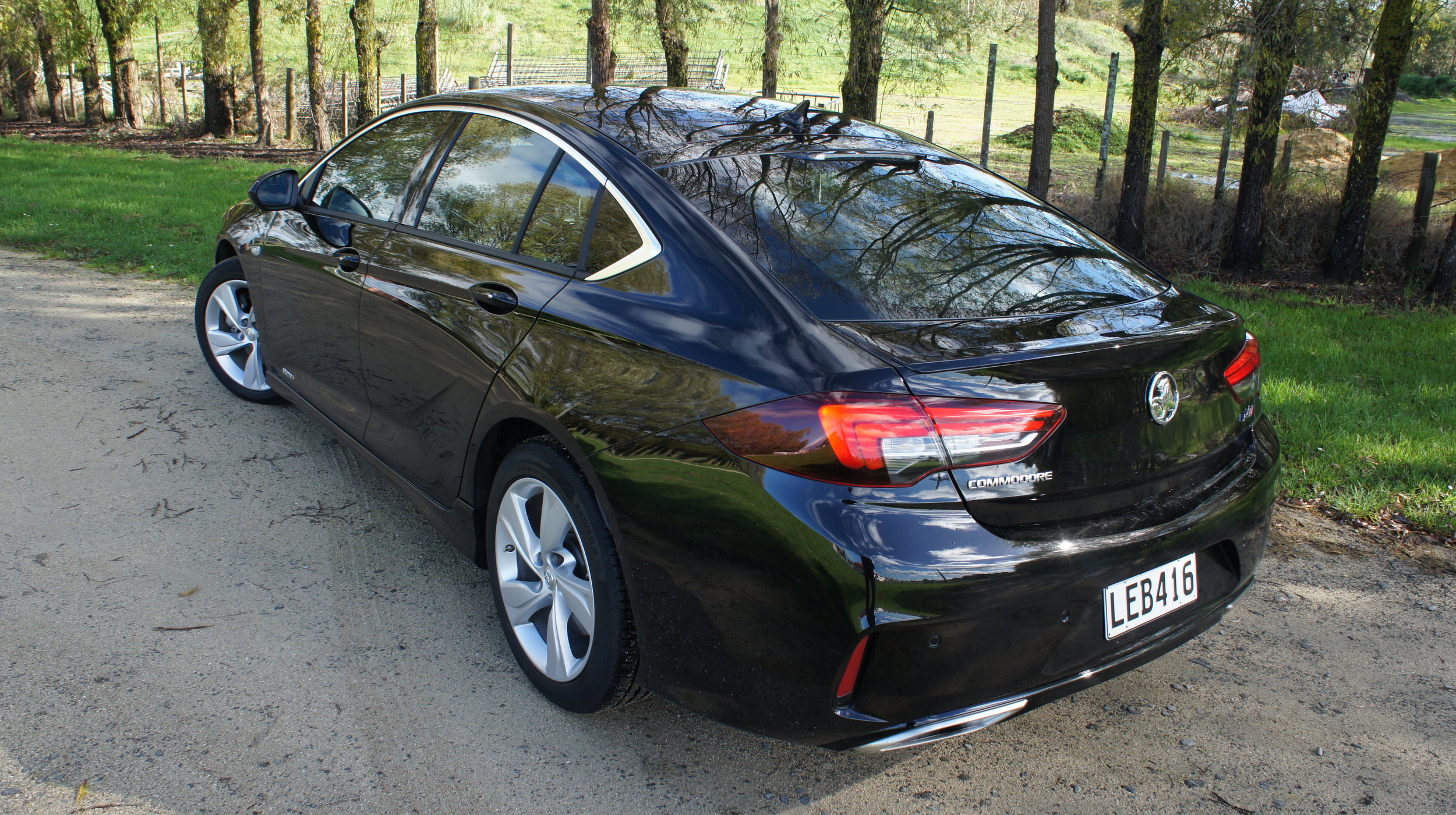
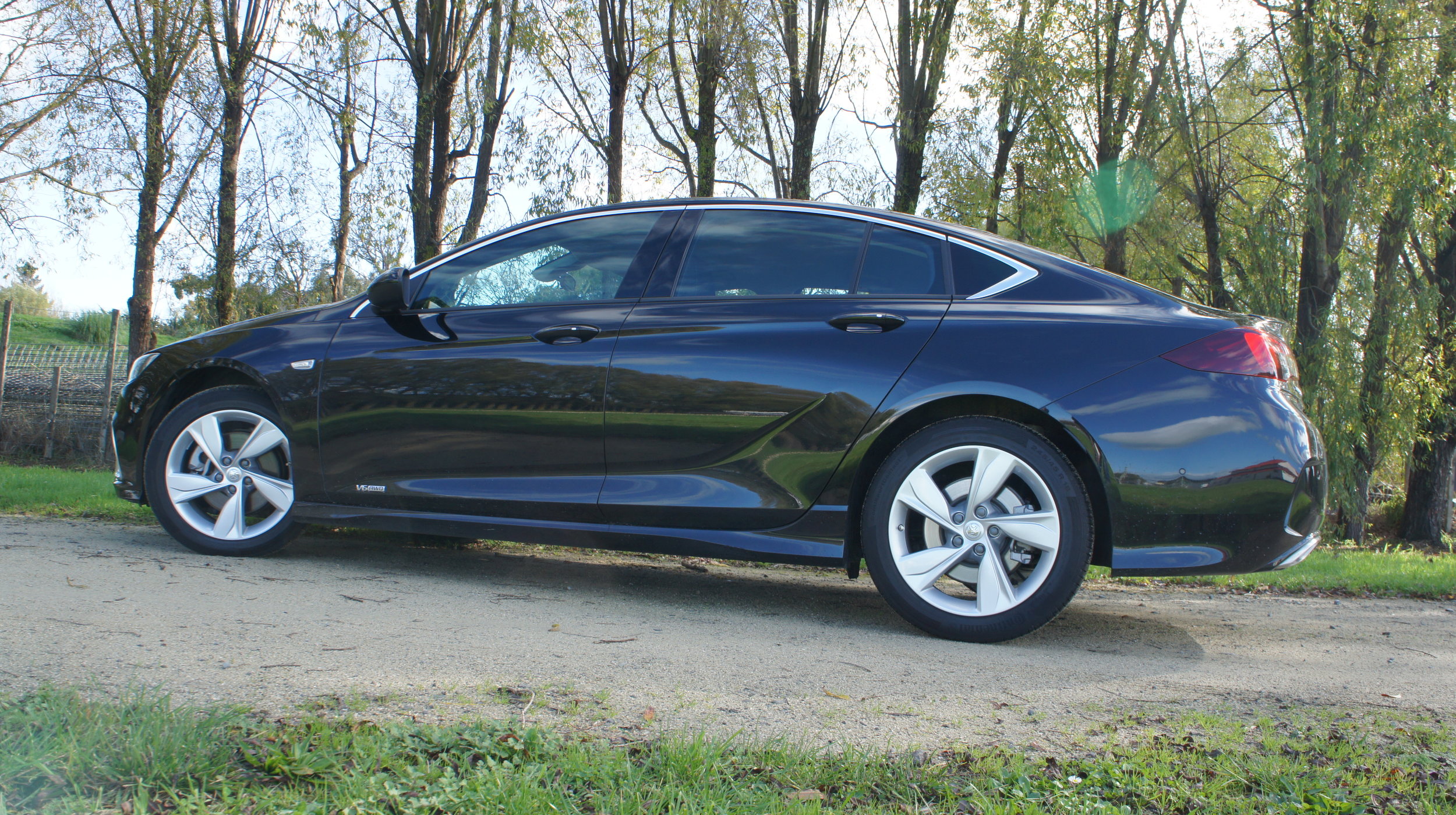
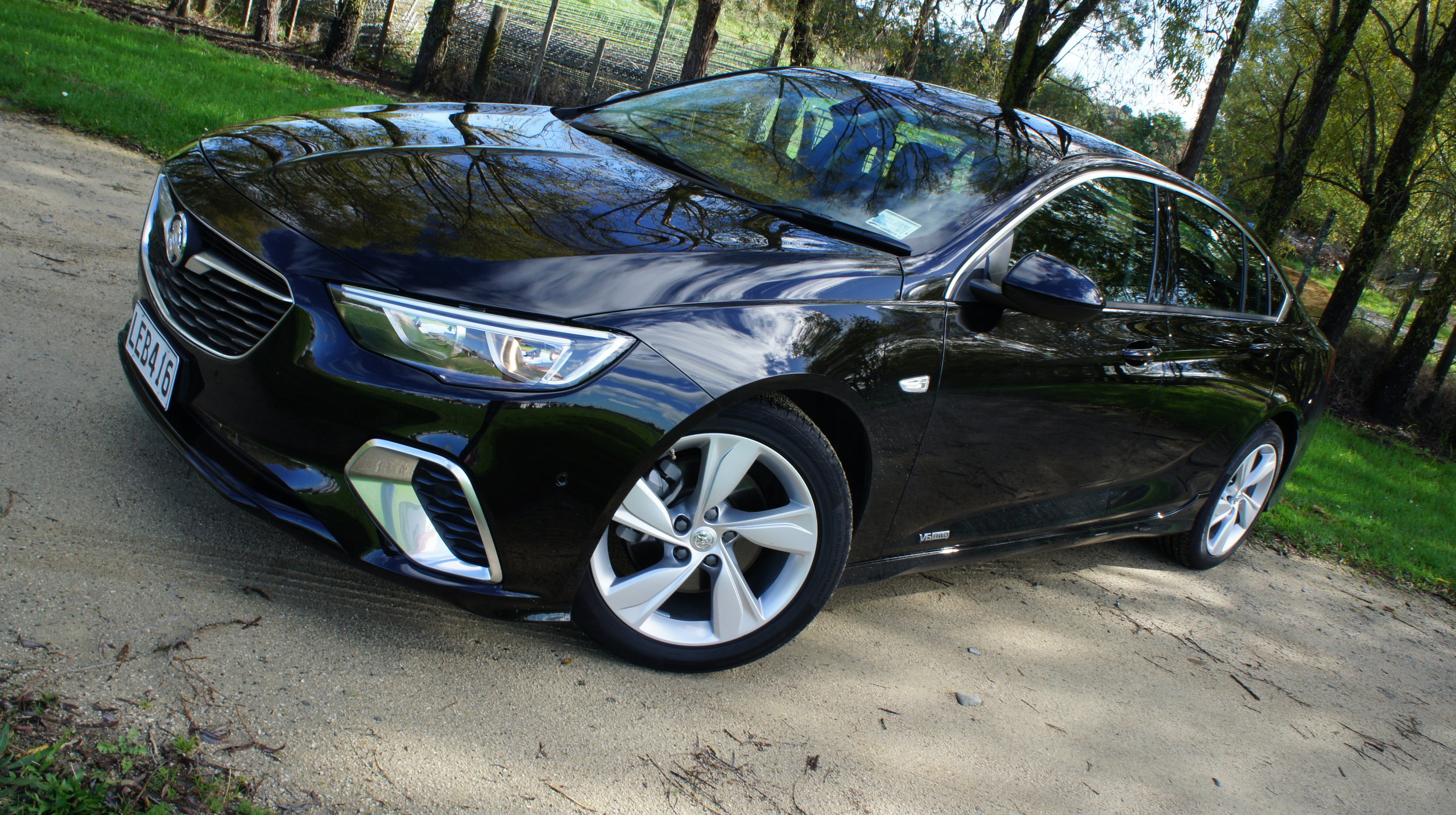
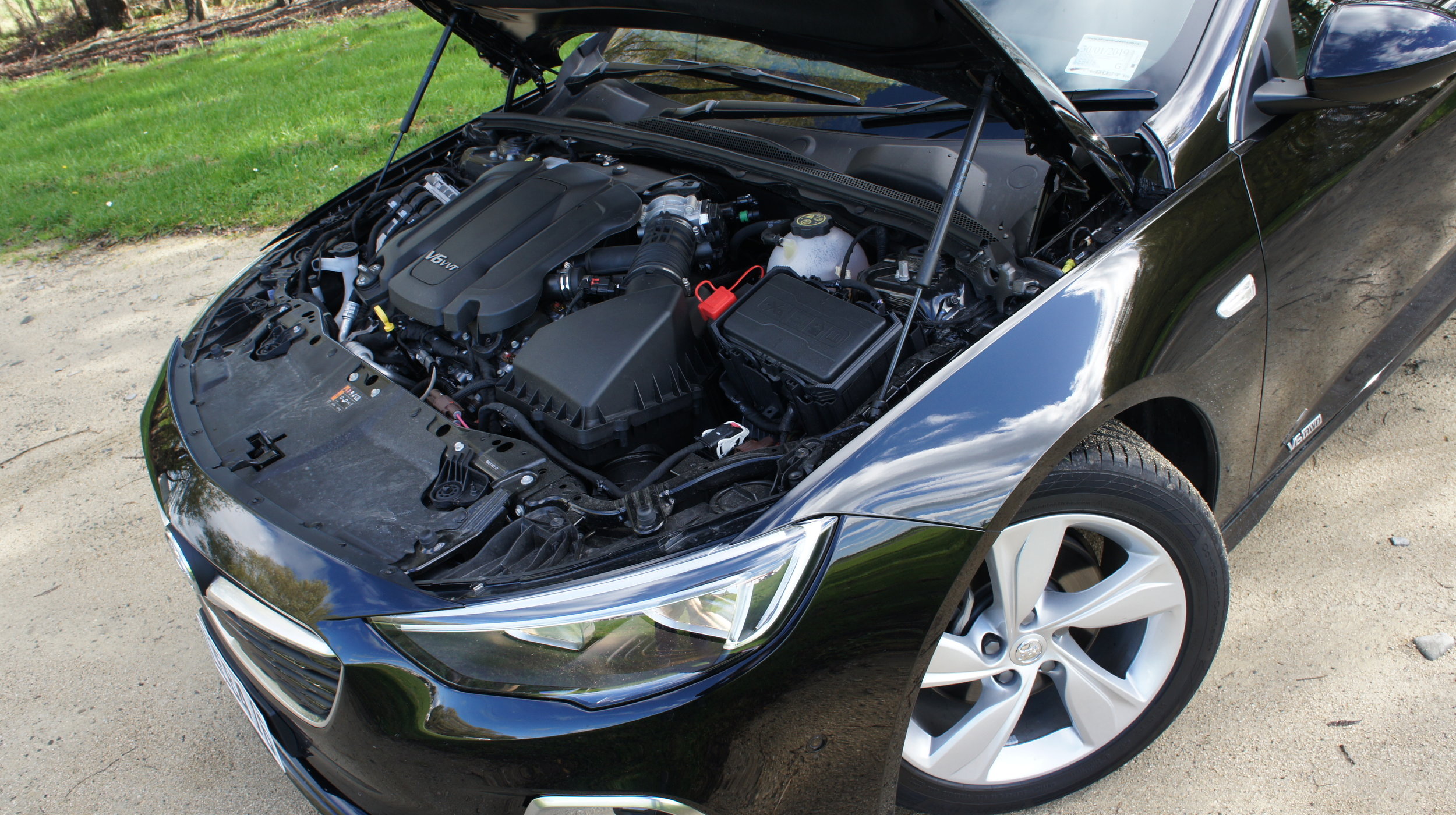
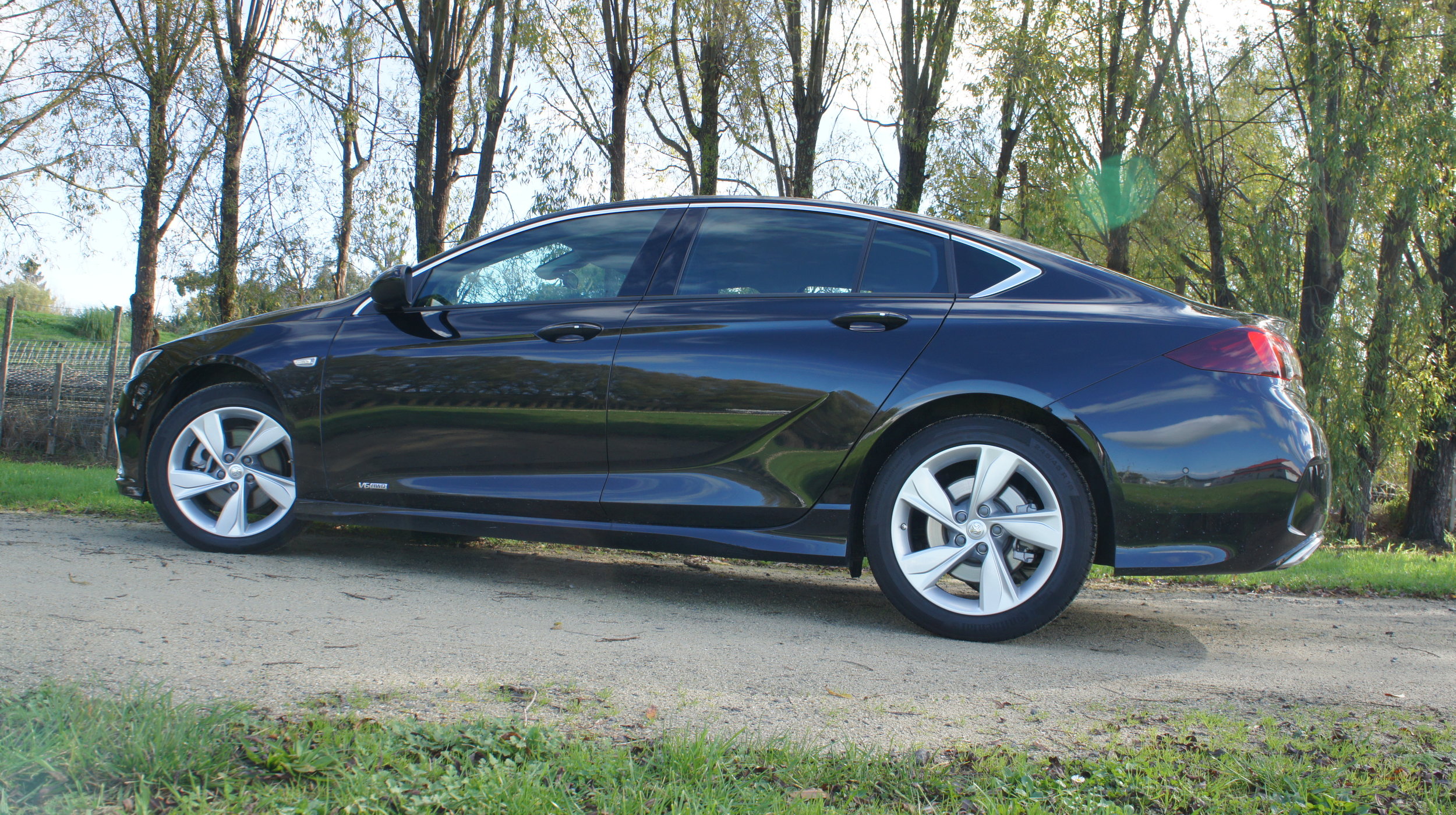


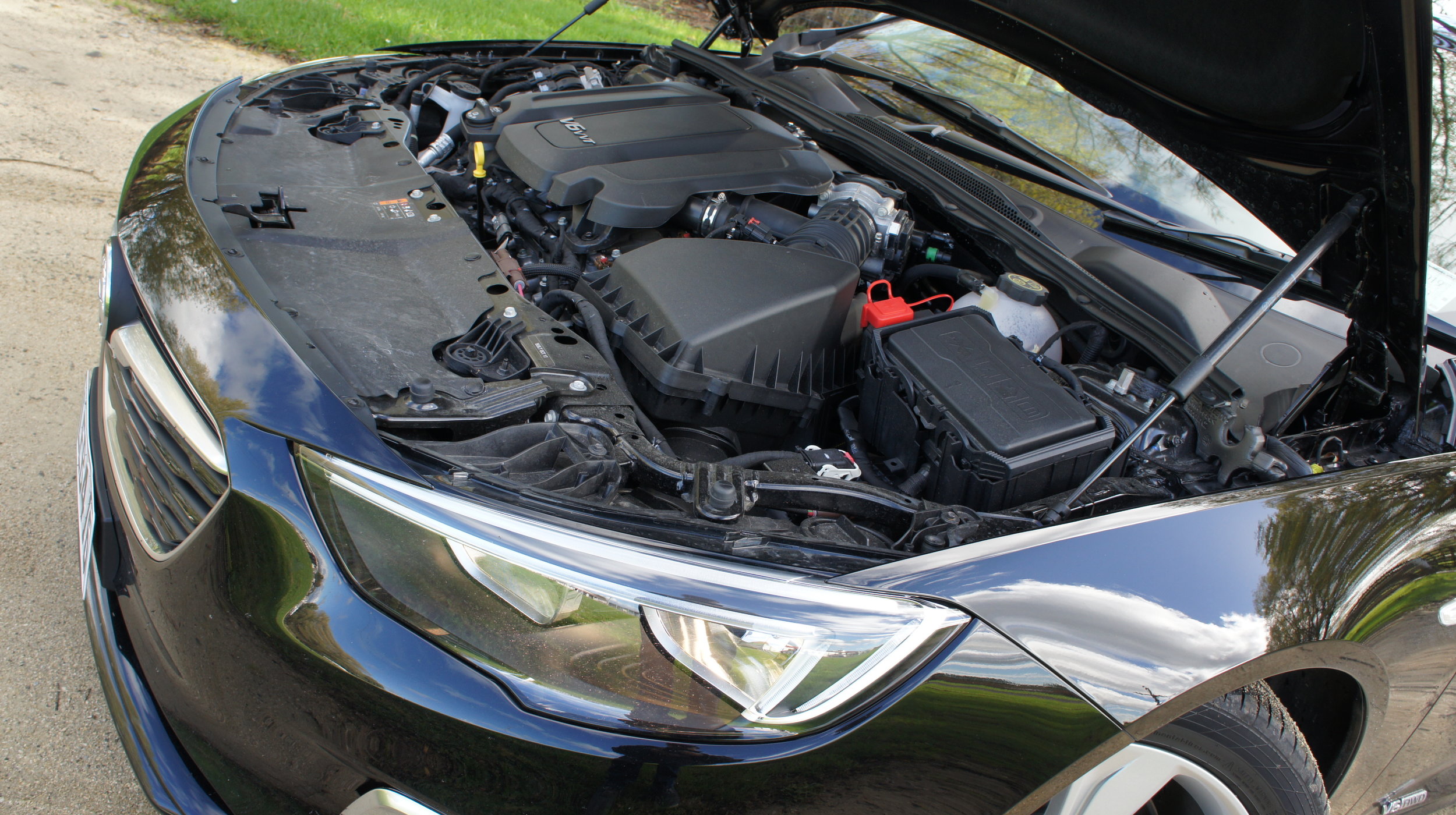


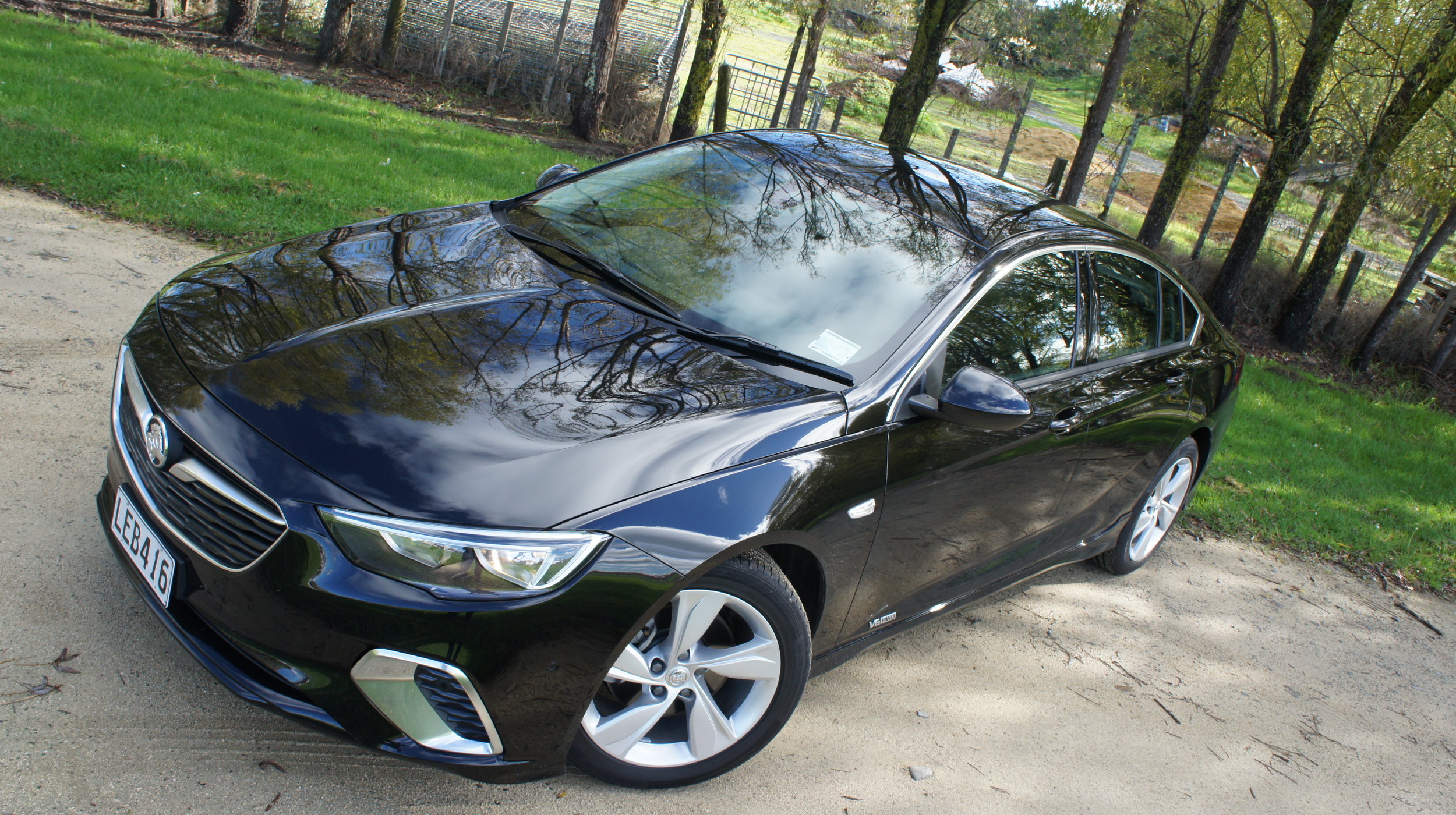

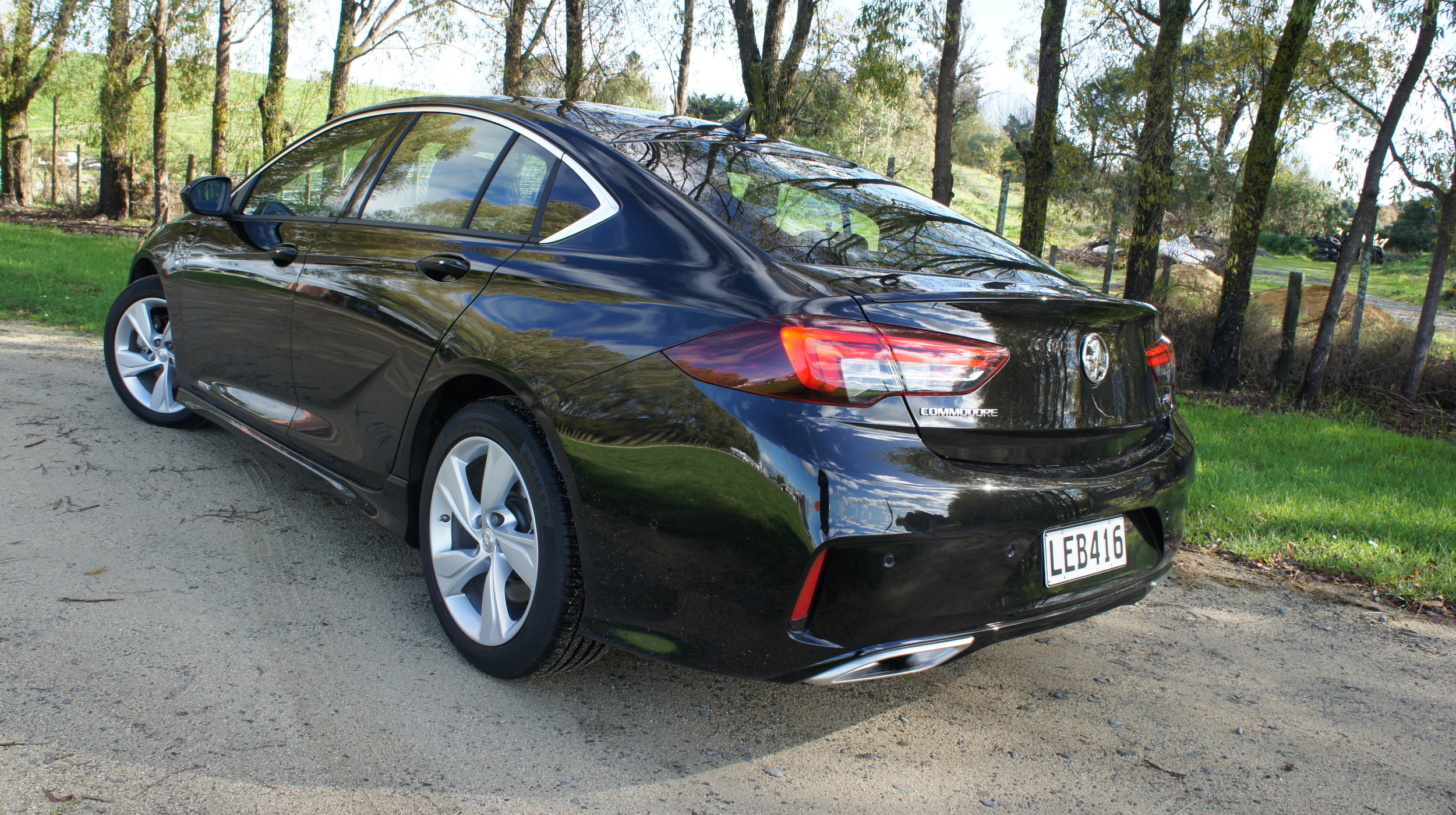


FAVOURITE large locally-produced icon is replaced by smaller, supposedly less impressive import – ‘fans’ whinge and refuse to buy into it, monthly sales drop … doom, gloom, all is lost!
We’re talking Commodore, of course and, specifically, the story so far for the ZB, which having started well in its opening month March (the country’s top-selling car) has since been struggling: 102 registrations in April and 119 in May is not good reading. True, sedans are being bashed by the abdication to sports utilities, crossovers and – yes – traydeck one-tonne utes. But this time last year, VF2 Commodore volume was running at least 50 percent stronger.
More sobering still: As bad as it seems here, the situation is worse in Australia, where not only has Commodore volume tanked, but Holden itself is also fighting to survive. It’s huge and painful irony that the marque that truly has the right to call itself ‘Australia’s own’ is being alienated by the very people it set out to serve.
So, the future is … well, perhaps not wholly bleak. Holden has never seen Commodore fall so low, for sure, but it has previously been in a position not so dissimilar to what it is now facing. And with similar players.
The year was 1978. General Motors has just launched a car that also split the fanbase. Smaller, lighter and packed with technology never previously available to this GM outpost, the newcomer made good sense for also being the right kind of response to rising oil prices and changing customer tastes.
This might sound familiar, but Holden’s buyer base grumbled mightily. This new thing - based on a mid-sized German-built sedan, the Opel Rekord, with a raft of engineering changes to suit local conditions (yes, it all sounds SO familiar, right?) - was bumping off a beloved icon, the HZ Kingswood. So, even though the Commodore ultimately succeeded hugely – with counts that left the Kingy eating dust - initially the first, the VB, struggled.
So, yeah, Commodore has beaten big odds before.
No-one should doubt the ZB hasn’t got the goods to win driver’s over. It is also lighter, smaller and packed with more technology than the car it replaces. It is also based on the latest European mid-sizer from Opel. It also delivers with significant modifications by Holden’s engineering division to meet conditions in this part of the world.
And yet time spent driving the RS-V liftback, at $58,990 the cheapest access to a V6 all-wheel-drive formula that spans seven editions, was disconcerting in one respect: This car seems to be all but invisible. Never, in my experience, has a car with so much going for it on paper – and, in many respects, on the road - struggled so hard to gain recognition.
Could this have been avoided? The brand must now really wish it had mounted some sort of pre-launch publicity build-up. Changes this radical – whole new platform and look, losing the V8, going from rear-drive to front and four-, re-introducing a four-cylinder plus a diesel, transverse rather than longitudinal engine placement, a nine-speed gearbox – demanded a big PR push. It needed to shout out loud to more than just motoring enthusiasts. The wider public needed to be better informed; better motivated. When ZB did finally show in the metal, the customer base was still more into reminiscing about the old than paying attention to the new. They still are.
Then there’s the look. No argument that Commodore is heading in a different direction – the right one, according to industry intuition. Yet the transition from a chunky, masculine muscle car appearance to something much slimmer, more delicate is brutal in that, beyond the badge, there’s no ‘connect’ between old and new. Also, shape-wise, this look has far more radical effect within the Holden showroom than beyond it, where it’s just following a path cut by others, some years ago.
The five-door shape is dangerously amorphous in this base six-cylinder specification. The deep black paint probably didn’t help – it’s never a good colour to shout out in – but the lack of exterior garnishment and some rather dated alloys also inhibits interest. When a neighbour said he’d seen me driving around in a “new Mazda”, my heart sank. Mind you, at least he took interest. A lot of people seemed to walk by the test car without showing any whatsoever. That’s just not normal for a Commodore in my experience.
Some cars win over with their cabin design. The ZB wins points in many areas. It feels well built, the driving position is superb with excellent adjustment, there are numerous practical touches (good small item storage, it’s up to speed with connectivity gadgets and the multimedia unit is comprehensive with Apple Carplay and sat nav across the range). It has plenty of space up front and enough room in the back for adults to travel comfortably.
Yet you might find having to make yourself notice this because, overall, it is fairly conservative within as well. A dash that follows the themes established in the latest Astra is to be expected, yet as contemporary as it is, the layout and design is a step back from the VF’s.
Also, while all the plastics are premium German, the other trim materials at this price are not; the seat trims looking dull and chintzy enough to leave impression this is the model aimed at fleets that still want a six-cylinder. A predominantly black palette is an error. Not only does it make the cabin feel more enclosed and less airy than it really is, but surely it’ll make it hot come summer. Holden would have known this; perhaps this was Opel’s call. Conversely, it very likely rains a lot more in the places where the German brand sells cars than in some spots Holden product ends up in. So why the rear glass doesn't have a wiper is beyond me.
One thing: Despite this being a physically smaller car, the opackaging hasn’t suffered. This Commodore’s cabin space is only marginally smaller than before. From either of the front seats, there is an almost identical amount of headroom and space in the footwell as the VF occasioned, although the occupants are sitting closer together due to the narrower centre console.
The hatchback body style also makes the Commodore more practical than before too. While the volume of the cargo area is five litres less to the parcel shelf, it can accommodate more – up to 552 litres – to the glass, and has a 60:40 split fold rear bench that expands the space to a generous 1450 litres.
So that’s interesting and positive.
Really, though, the best aspects that’ll retain the existing customer base – and perhaps attract new customers – is the on-road appeal. Commodore has a proud history here so, even though this edition isn’t as oriented toward maximising driver pleasure as the VXR, it certainly has the talent to put ticks on the ‘likes’ side of the ledger.
First, the engine. Comment that the 235kW/381Nm V6 only exists because Holden demanded it early in the planning stages of the programme might sound hurtful, but it’s true.
In hindsight, eschewing the six – or, at least, this particular one – would have been a bold but useful move. You’ve can’t help think that a plant that was the mainstay of the old car is now just a bit overshadowed in the new. A twin-turbo six would have been so much more of a step up and more in keeping with all else that has changed, right?
As is, if you want the best engine, go for the 2.0-litre turbo four petrol. It is as characterful, more reactive, more frugal of course and, with just 31Nm less, is just as grunty – if not on paper then by a seat of the pants feel – and also delivers extra off-line briskness.
However, the six is what we have, and it’s not all bad. For a start, it has a more intriguing and generally appealing soundtrack (even though it is digitally enhanced through the speakers) and, anyway, if you want all-wheel-drive – and there are good reasons for going that way – then it’s the only choice.
One thing you might expect, but don’t get, with the V6 is the ingredient that usually arrives with big-lunged powerplant: A big roll-out of low-rpm smooth schmooze. It’s not turbid down low but, because peak pulling power isn’t produced until 5200rpm, it needs to be worked harder than you might anticipate to get the best from it; running it in the sports mode makes it feel all the more engaged, too, though this test reinforced a sense raised at the launch – namely, that ultimately the four-cylinder is on even better terms with the high-tech nine-speed automatic that now spans the line. Here, while the change feel is generally smooth, you get the sense that sometimes the powerplant is left wanting for gears the box is not yet ready to deliver.
None of the six-cylinder cars I drove on the launch came remotely close to equalling the 9.1 litres per 100km optimum claimed by Holden and, though the RS-V with operated with greater circumspection, it didn’t break out of the 10s, either.
Probably the one change that will be under-estimated is the switch to all-wheel-drive. Yes, we’ve been there before, with the short-lived Adventra, but this system is so much more advanced. And, yes, it’s an adfvancement you really must try: It makes the car feel superbly stable in the corners and in slippery conditions and, moreover, it also gives it impressive aptitude on any tight and twisting backroad.
For sure, the RS-V isn’t as dynamically talented as the VXR, because while every one of the all-wheel drive versions have a five-link rear set-up only the performance flagship uniquely features a HiPer Strut front end and multi-mode adaptive dampers. It also comes with larger Brembo brakes and 19-inch alloys with Michelin tyres, whereas the RS-V has the same size wheel but mainstream rubber with less stickiness.
However, that doesn’t mean the least expensive bookend edition has been treated to a once-over-lightly by Holden’s engineering team. Those folk spent considerable time over the last few years fine-tuning ZB’s suspension set-ups - and the electric power steering system – and while the road driving part of that programme somewhat remarkably, and quite rudely (given we’re the largest export country) ignored our country, with preference given to driving in Europe and Australia, it does feel quite well sorted for our local tastes and conditions, save the usual bugbear about tyre-generated coarse chip roar. However, all in all, it delivers a level of compliance and control that is up there with the best in the class and is definitely a car that is enjoyable on all our roads. And that surely has to count for something, right?
At the same token, the Commodore family is so broadened now that you can’t really judge it by this one model alone. The four-cylinder cars, being front-drive, are definitely different to the all-paws. The diesel will be different to the petrol. And, also, there’s disparity to how the wagons travel: That V6 Touring, due to its slightly taller suspension, has quite a different ride quality to the other variants’. Hopefully Holden NZ will let us explore the full reach of what it has to offer.
As things stand, the ZB is clearly confronting big, big issues. Quite apart from the immediate sales issue, there’s also the longer-term challenge of what happens to this car’s production prospects. Peugeot, which owns Opel now, has quite openly made clear it doesn’t see a place for it beyond 2021. Holden has assured, already, that when Opel quits assembly, there is potential for other GM plants to take over. That’s assuming there is still enough demand to warrant it being kept as a Holden. On current performance, how could it?
It was only a few years ago that we motoring writers were telling readers that, if they wanted Commodore kept as an Australian-made car, they had to act decisively and buy into it. They didn’t, so that battle was lost. The VF2, a great car in its own right, has gone: Get over it.
Now the challenge to fans is even more simple. Start supporting this Commodore or face up to saying goodbye to the nameplate and everything that associates with it. My recommendation: Forget about the car that you say you want, that one is consigned to history. The one you never supported enough to ensure its survival. ZB is the car you now get. Either support it or move on without looking back.















